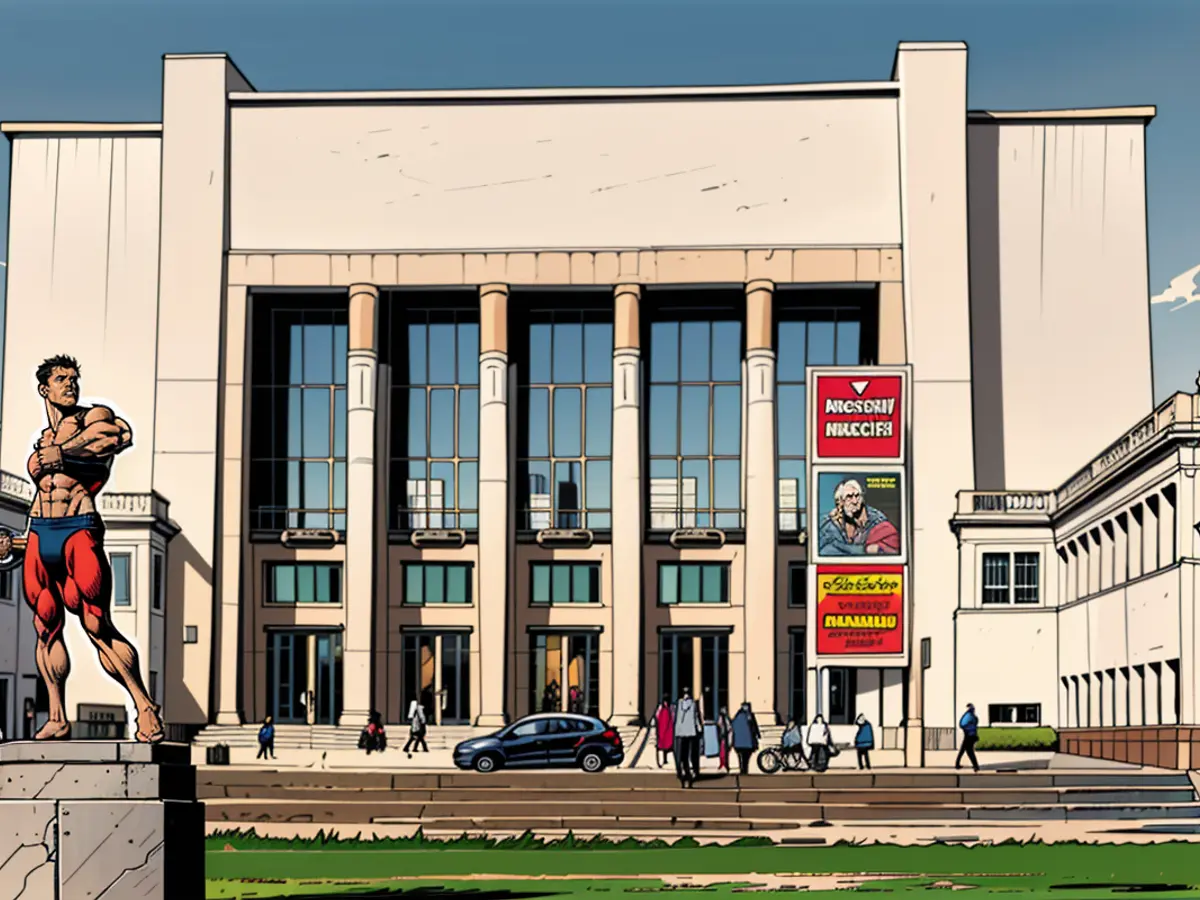- German Hygiene Museum Issues Alert over Potential Budget Reductions
The German Hygiene Museum Foundation Voices Concerns Over Funding Cuts
According to a statement, the city of Dresden plans to decrease its annual contribution to the German Hygiene Museum Foundation by 665,000 euros, as part of its budget adjustments. This reduction would bring the city's annual contribution back to the level it was at in 2004, despite the general increase in costs and current inflation. Since the city and the state share the foundation's financing, this move would equate to an annual reduction of 1.33 million euros. The foundation expressed concern, stating, "This places the museum in a delicate situation."
Foundation Warns of Reputation Loss
The foundation highlighted that the German Hygiene Museum, which primarily caters to families, children, and youth, is one of Dresden's iconic cultural institutions with both regional and international appeal. If the city council agrees to these "substantial" cuts, the foundation asserted that the ongoing work in its current format can no longer be continued, and the museum's identity will inevitably shift. They warned, "The reputation established over the past 30 years is at serious risk."
Museum With a Century-Long History
Established in 1912 by industrialist Karl August Lingner (1861-1916), inventor of Odol mouthwash, the German Hygiene Museum Dresden played a pivotal role in the 1st International Hygiene Exhibition held in Dresden in 1911. The museum's collection houses over 30,000 objects related to the history of health education and care, including its renowned glass figures. Since 1999, the museum has been under the management of a foundation, which receives funding through equal contributions from the city and the state, as well as limited donations from companies and foundations. Alongside its permanent exhibition on the human body, the museum boasts top-notch presentations, including a children's museum.
The financial sector might be affected if the German Hygiene Museum, a significant cultural institution in Dresden, experiences a shift in its identity due to funding cuts. The city's decision to decrease its annual contribution to the museum by 665,000 euros could impact the foundation's ability to secure future funding from corporate and other sponsors within the financial sector.
The reduction in funding could also impact the museum's ability to maintain its rigorous exhibition schedule, which has been a key draw for tourists and local visitors alike, ultimately affecting revenues generated from ticket sales and other related activities within the tourism sector.








